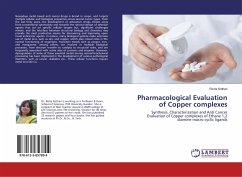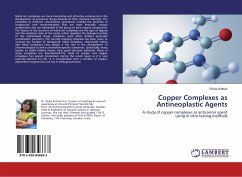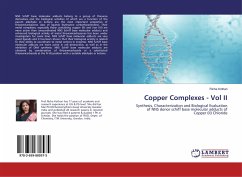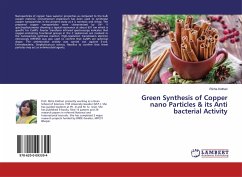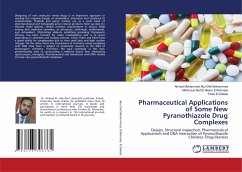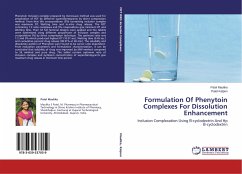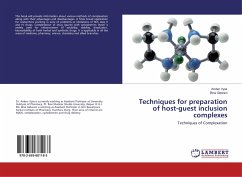Nowadays metal based anti cancer drugs is broad in scope, and targets multiple cellular and biological properties across several tumor types. From the last forty years, the development of anticancer drugs moved away from conventional cytotoxicity and towards the rational design of selective agents that act on specific cellular targets but, significant challenges remain, and the interface between structural biology and chemistry may provide the most productive means for discovering and improving upon novel anticancer agents. In nature, many biological systems make extensive use of metal ions, such as zinc and copper, which play critical roles in the normal functioning of organisms. Transition metals such as copper, iron, and manganese, among others, are involved in multiple biological processes, from electron transfer to catalysis to structural roles, and are frequently associated with active sites of proteins and enzymes. However, dysregulation of some of these essential metals during normal biochemical processing has been implicated in the development of various pathological disorders, such as cancer ,diabetes etc.. These cellular functions require metal ions like Cu.
Bitte wählen Sie Ihr Anliegen aus.
Rechnungen
Retourenschein anfordern
Bestellstatus
Storno

